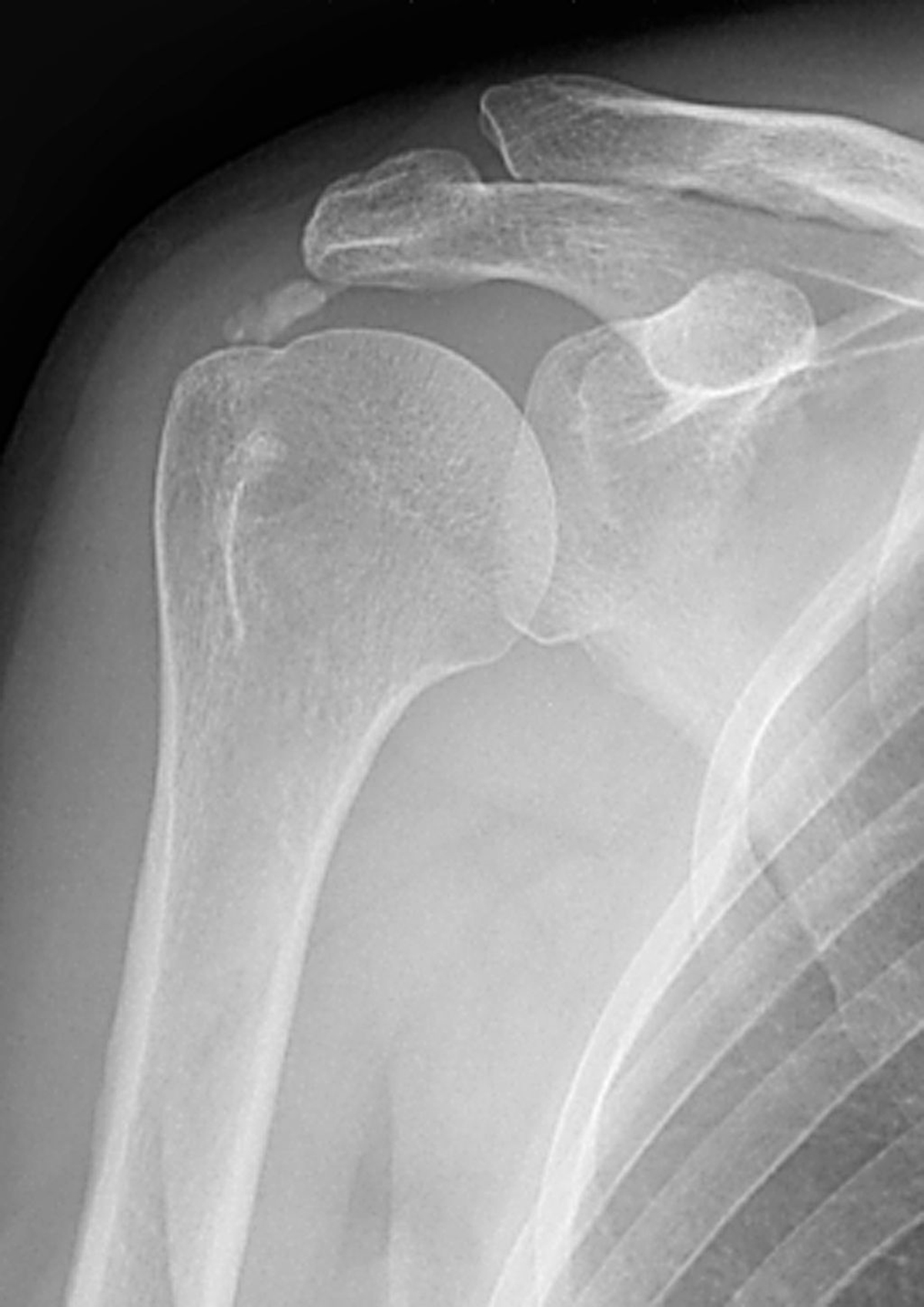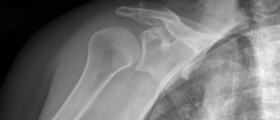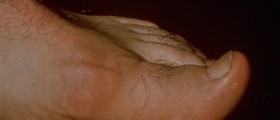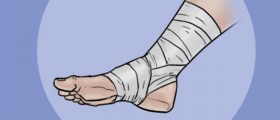
Information on Calcific Tendonitis
Calcific tendonitis is the medical term for the conditionmost people refer to as calcium deposits. It is a condition which involves theformation of a small calcium deposit inside the tendons of the rotator cuff.The deposits commonly affect those who are over 30 years old, and they alsoaffect diabetics much more than those who do not suffer from diabetes. Thesedeposits are sometimes associated with painful sensations which usually resolveafter a couple of weeks. It is largely unknown what exactly causes the formationof calcium deposits in the tendons of the rotator cuff. There are a few differenttheories, but none of those have been confirmed by scientific studies. Theprogression of calcific tendonitis is usually rather predictable and in mostcases it gets resolved all by itself. The course includes the precalcificationstage, the calcific stage and the postcalcific stage. The precalcificationstage commonly does not involve any symptoms and there are certain cellularchanges prior to the development of the calcium deposits. The calcific stageinvolves the excretion of calcium from the cells and its transformation intodeposits. The deposits seem chalky in the beginning stages, but once theformation is over and the resting phase occurs, the period may involve ratherpainful sensations. The most painful phase of the condition comes right afterthe resting phase and it is known as the resorptive phase. During this phasethe deposits look a little like toothpaste. The last of the three main stagesis called the postcalcific stage and it is a painless one during which thedeposits gradually disappear.
Treatment Options
The first line of treatment for all those who suffer fromcalcific tendonitis is nonoperative type of treatment. The most common and themost important part of the treatment includes physical therapy and physicalexercises. Plenty of stretching and exercising are very efficient in preventingthe stiffness of the shoulder and the development of a frozen shoulder. Antiinflammatory medication may also be of great help when it comes to alleviatingthe painful sensations and inflammatory conditions which are always associatedwith calcific tendonitis. Another potent method of treatment is application ofmoist heat. This method is extremely efficient when it comes to relieving thepainful sensations. In some cases of this medical condition, a surgery may benecessary, mostly in cases when symptoms continue to progress despite thetreatment.

















Your thoughts on this
Loading...